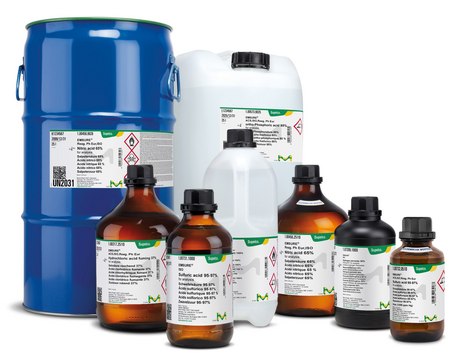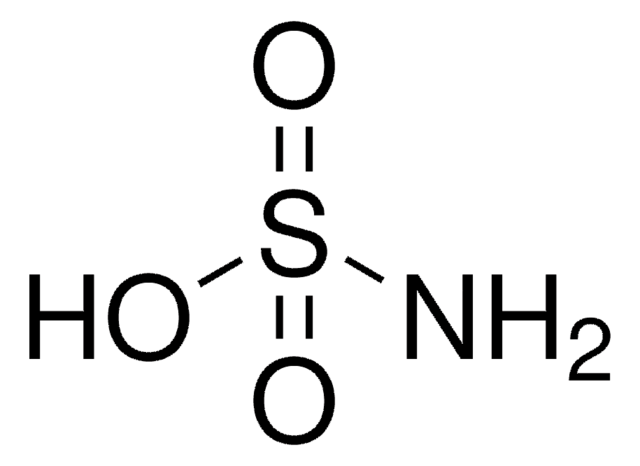Key Documents
Safety Information
H7162
Anti-methyl-Histone H3 (Me-Lys9) antibody produced in rabbit
affinity isolated antibody, buffered aqueous solution
Synonym(s):
Anti-H3K9me1
Select a Size
Select a Size
About This Item
biological source
rabbit
conjugate
unconjugated
antibody form
affinity isolated antibody
antibody product type
primary antibodies
clone
polyclonal
form
buffered aqueous solution
species reactivity
Drosophila, Caenorhabditis elegans, rat, bovine, human, mouse, frog, chicken
technique(s)
microarray: suitable
western blot: 1:1,000 using whole cell extract of the human epitheloid carcinoma HeLa cell line
UniProt accession no.
shipped in
dry ice
1 of 4
This Item | 11358 | 242772 | SAAR5882500 |
|---|---|---|---|
| assay ≥99% (acidimetric) | assay 99.0-101.0% (T) | assay ≥99% | assay - |
| Quality Level 300 | Quality Level 100 | Quality Level 100 | Quality Level - |
| form solid | form - | form powder or crystals | form - |
| solubility 213 g/L | solubility - | solubility water: 50 mg/mL, clear, colorless | solubility - |
| pH 1.2 (10 g/L in H2O) | pH - | pH - | pH - |
| storage temp. 2-30°C | storage temp. - | storage temp. - | storage temp. 2-30°C |
General description
Specificity
Immunogen
Application
Biochem/physiol Actions
Physical form
Storage and Stability
Disclaimer
Not finding the right product?
Try our Product Selector Tool.
related product
Regulatory Information
Choose from one of the most recent versions:
Already Own This Product?
Find documentation for the products that you have recently purchased in the Document Library.
Our team of scientists has experience in all areas of research including Life Science, Material Science, Chemical Synthesis, Chromatography, Analytical and many others.
Contact Technical Service
